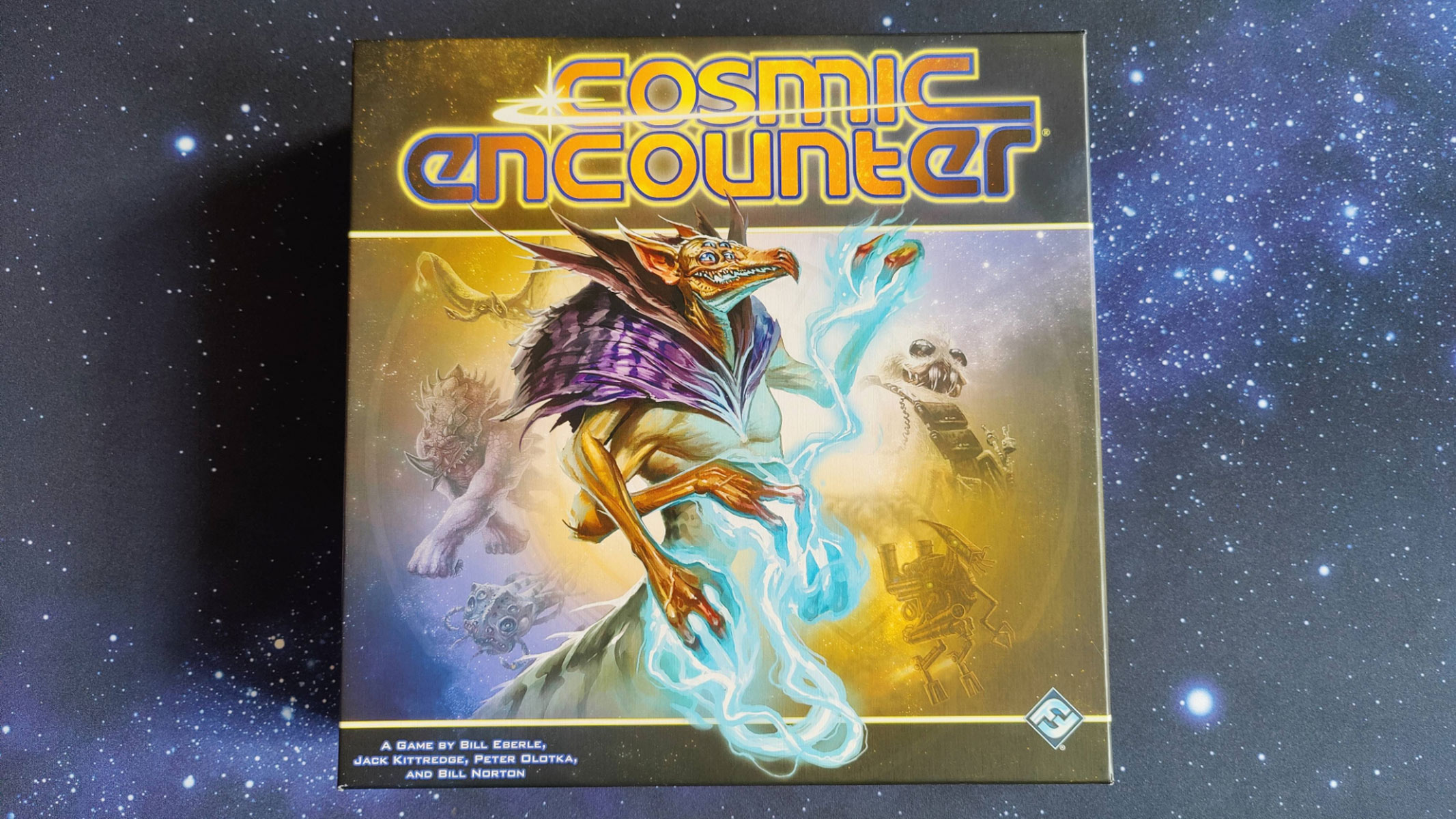First iPhones in Space to Launch on Last Shuttle Mission

Houston, we have an iPhone: Two iPhone 4 smartphones loaded with an app to help astronauts perform experiments in space will launch aboard NASA's shuttle Atlantis on July 8. They will be the first iPhones to fly in space, officials say.
The iPhones will be delivered to the International Space Station during the STS-135 mission of Atlantis, NASA's final flight of its storied space shuttle program. They are programmed with an app called SpaceLab for iOS, which was designed by Odyssey Space Research. [Photos: Shuttle Atlantis' Last Launch Pad Trek]
The app contains four step-by-step instruction programs to help the space station's crew perform experiments in the U.S. portion of the orbiting outpost, which has been classified as a U.S. National Laboratory.
"The revolutionary iPhone 4 offers an extraordinary opportunity to demonstrate serious functions previously reserved for more expensive, purpose-built devices," Brian Rishikof, Odyssey's chief executive officer, said in a statement.
"The potential for using iPhone 4 to both conduct and support in-space research and operations is enormous. The opportunity to make the experience accessible to anyone via the App Store will attract a new generation of space supporters," Rishikof added.
iPhones in space
While intended for space use, a version of the app is also available now for 99 cents in the Apple App Store. This version is designed to simulate the experience astronauts will have for users on the ground.
Get the Space.com Newsletter
Breaking space news, the latest updates on rocket launches, skywatching events and more!
With Apple's popular smartphone has been certified for spaceflight, and both iPhone 4s will remain on the space station for several months while the experiments are performed. [7 Gadgets that Changed the World]
The first program, called Limb Tracker, is a navigation experiment that involves taking photographs of Earth and matching an arc to the horizon. Limb Tracker is designed to yield an estimate of altitude and the "off axis" angle, which is a measurement of the angle of the image with respect to Earth's center.
Sensor Cal is another program that will use a series of photos of a reference image to help calibrate sensors on board the space station.
State Acq, short for State Acquisition, is a navigation experiment that uses a series of photos of Earth, combined with information from the iPhone's three-axis gyroscope and accelerometer, to estimate the spacecraft's latitude and longitude. The position estimation is calculated by manipulating and matching a wireframe overlay of the Earth's coastlines with the images. Performing multiple sequences, separated by a known amount of time, can permit estimation of the spacecraft's orbit parameters.
Finally, the LFI program, short for Lifecycle Flight Instrumentation, will characterize the effects of radiation on the device by monitoring certain areas of memory for Single Bit Upsets — an unintended change in value of a memory location caused by exposure to radiation.
Station astronauts won't keep them
When the experiments are completed, both iPhones will be returned to Earth. The first opportunity for return will be on a Russian Soyuz in fall 2011, Odyssey Research officials said. Flight data from the experiments are expected to be collected, analyzed, and then shared via this app on the App Store, they added.
The iPhone 4s are just a few of the experiments and cargo flying to the space station on NASA's last-ever space shuttle flight. If all goes as planned, Atlantis will blast off from NASA's Kennedy Space Center in Florida at 11:40 a.m. EDT (1340 GMT) on July 8.
Atlantis' four-person crew plans to fly a 12-day mission to the International Space Station to deliver new experiments and supplies, as well as vital spare parts to keep the orbiting lab going once the space shuttle program ends for good. NASA is retiring its three-shuttle fleet after 30 years of service to make way for a new space exploration program aimed at sending astronauts to an asteroid by 2025, and then on to Mars in the 2030s.
This story was provided by TechNewsDaily, a sister site to SPACE.com. Follow SPACE.com for the latest in space science and exploration news on Twitter @Spacedotcom and on Facebook.
Join our Space Forums to keep talking space on the latest missions, night sky and more! And if you have a news tip, correction or comment, let us know at: community@space.com.
TechNewsDaily was an online daily news publication founded by Purch dedicated to covering the latest news, discoveries and innovations in technology. The site launched in 2010 and ran through 2014.


